Rising Demand for Organic Produce
The increasing consumer preference for organic produce is a notable driver in the Onion Seed Market. As health-conscious consumers seek chemical-free options, the demand for organic onions has surged. This trend has prompted farmers to adopt organic farming practices, thereby increasing the need for organic onion seeds. According to recent data, the organic onion segment is projected to grow at a compound annual growth rate of approximately 10% over the next five years. This shift towards organic cultivation not only enhances the market for onion seeds but also encourages sustainable agricultural practices, which are becoming increasingly vital in the Onion Seed Market.
Emerging Markets and Export Opportunities
Emerging markets present substantial opportunities for the Onion Seed Market. Countries with developing agricultural sectors are increasingly recognizing the importance of quality seeds in enhancing crop yields. As these markets expand, the demand for onion seeds is expected to rise, driven by both local consumption and export potential. Recent data suggests that regions in Asia and Africa are experiencing a surge in onion cultivation, leading to increased imports of high-quality onion seeds. This trend not only opens new avenues for seed producers but also fosters international trade relationships. Consequently, the Onion Seed Market is poised for growth as it taps into these emerging markets.
Government Support and Agricultural Policies
Government initiatives and agricultural policies play a pivotal role in shaping the Onion Seed Market. Many governments are implementing policies that promote the use of high-quality seeds to enhance agricultural productivity. Subsidies for seed production and distribution, along with research funding for seed development, are becoming increasingly common. For example, certain countries have introduced programs aimed at improving seed quality and availability, which directly benefits onion farmers. This support not only boosts the production of onion seeds but also encourages farmers to adopt better farming practices. As a result, the Onion Seed Market is likely to experience growth driven by favorable governmental policies.
Increasing Global Population and Urbanization
The rapid increase in The Onion Seed Industry. As urban areas expand, the demand for fresh produce, including onions, rises significantly. This urbanization trend necessitates efficient agricultural practices to meet the food requirements of growing populations. Data indicates that by 2030, urban areas are expected to house nearly 60% of the world's population, leading to heightened demand for high-yield onion varieties. Consequently, farmers are compelled to invest in quality onion seeds that can thrive in diverse environments, thereby propelling the Onion Seed Market forward. This demographic shift underscores the need for sustainable agricultural solutions.
Technological Innovations in Seed Development
Technological advancements in seed development are transforming the Onion Seed Market. Innovations such as hybrid seed technology and genetic modification have led to the creation of onion seeds that are more resilient to pests and diseases. These advancements not only improve yield but also enhance the quality of onions produced. For instance, hybrid onion seeds can yield up to 30% more than traditional varieties, making them a preferred choice among farmers. The integration of precision agriculture technologies further supports this trend, allowing for better management of resources and improved crop outcomes. As a result, the Onion Seed Market is likely to witness a significant shift towards these technologically advanced seed varieties.


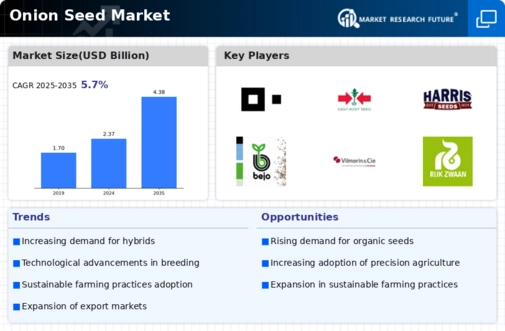
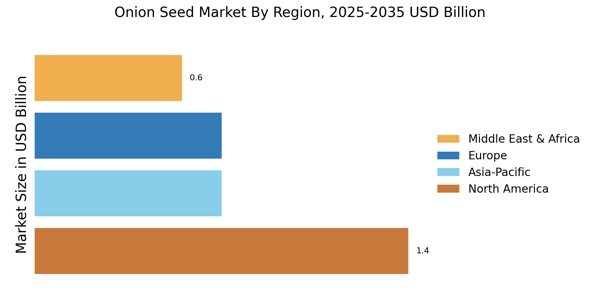


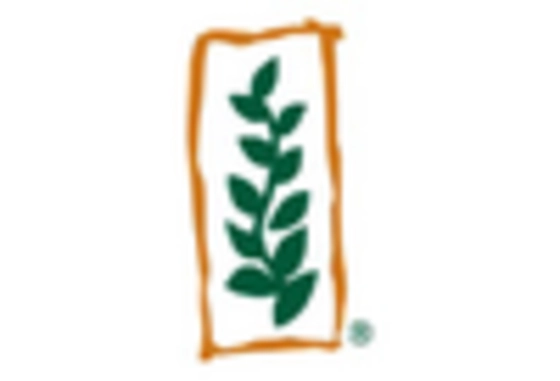
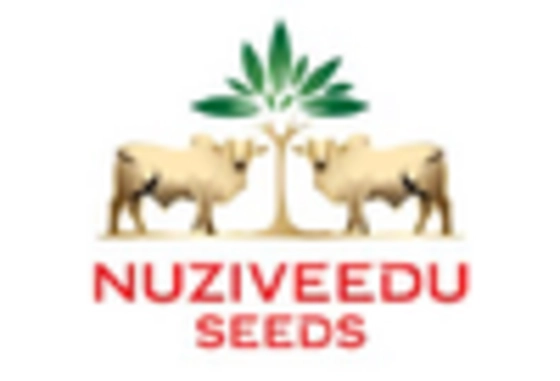
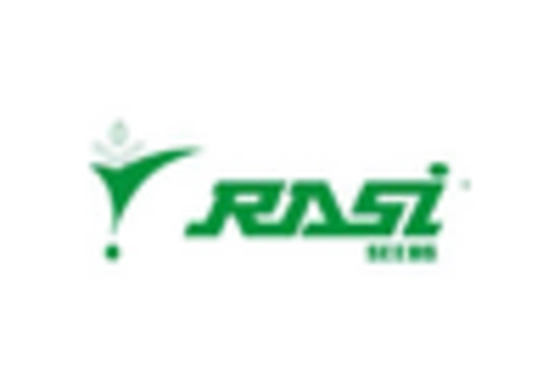
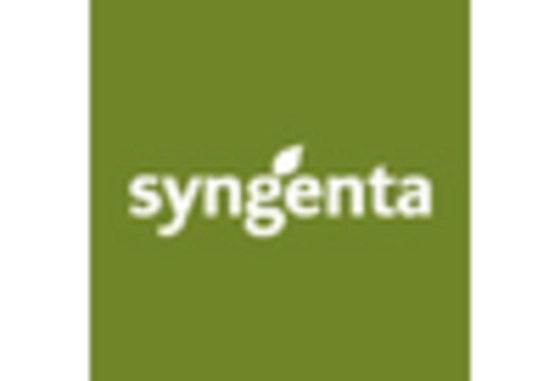








Leave a Comment